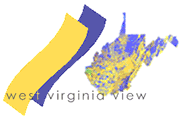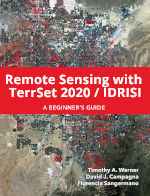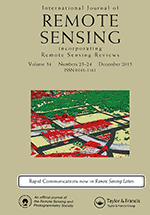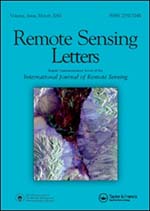Latest publications:
Farhadpour S., T.A. Warner, and A.E. Maxwell, 2024.
Selecting and Interpreting Multiclass Loss and Accuracy Assessment
Metrics for Classifications with Class Imbalance: Guidance and
Best Practices. DOI:
Remote Sensing
16(3):533.
DOI:
10.3390/rs16030533
Volke, M.I., R. Abarca-Del-Rio and T.A. Warner, 2024. Cost-effective disaster-induced land cover analysis: a semi-automatic methodology Using machine learning and satellite imagery. International Journal of Remote Sensing 45(2), 279-305. DOI: 10.1080/01431161.2023.2292015.
Wang, Y., Y. Gu, J. Tang, B. Guo, T.A. Warner, C. Guo, H. Zheng, F. Hosoi, T. Cheng, Y. Zhu and W. Cao , 2024. Quantify Wheat Canopy Leaf Angle Distribution Using Terrestrial Laser Scanning Data. IEEE Transactions on Geoscience and Remote Sensing. DOI: 10.1109/TGRS.2024.3353225
Remote Sensing in the Geology and Geography Department at WVU

Remote sensing is an exciting field of study, especially with the current interest in lidar, high spatial resolution imagery, and object-oriented analysis. In the Department of Geology and Geography at WVU, remote sensing is part of a core emphasis on Geographic Information Science (GISc).
My research interests include the spatial properties of remotely sensed images, lidar, high spatial resolution imagery, thermal imagery, machine learning classification, wildfire mapping, and information literacy. I have a particular interest in the use of remote sensing for promoting transparency and non-proliferation. A list of past students is available here.
The Cooperative Ecosystems Studies Units (CESU) highlighted training in remote sensing that I periodically help provide to the US Natural Resources Conservation Service (NRCS).
I occasionally run workshops on how to write and publish remote sensing papers.


 Free satellite imagery, lidar data, and other imagery
Free satellite imagery, lidar data, and other imagery




